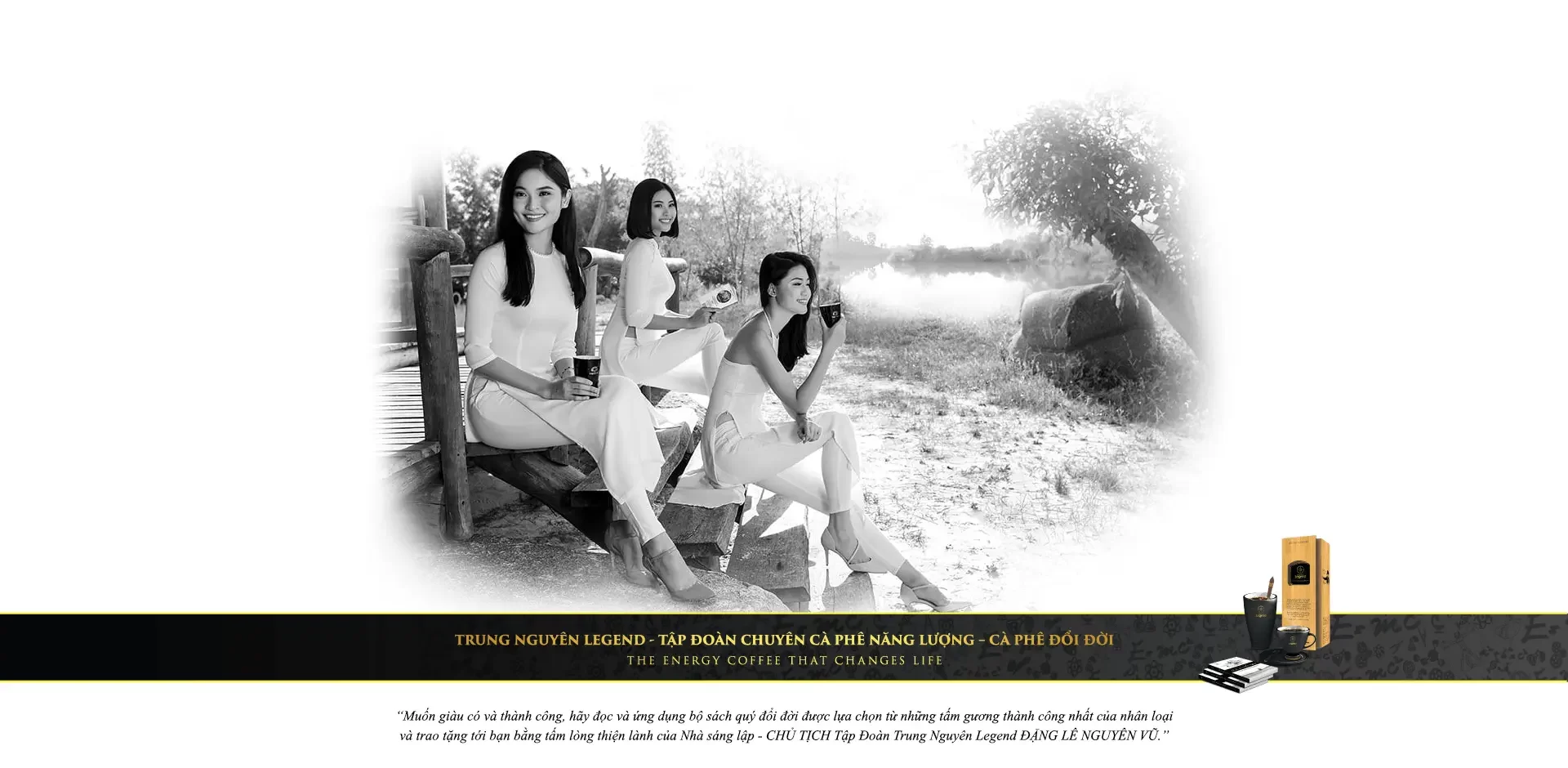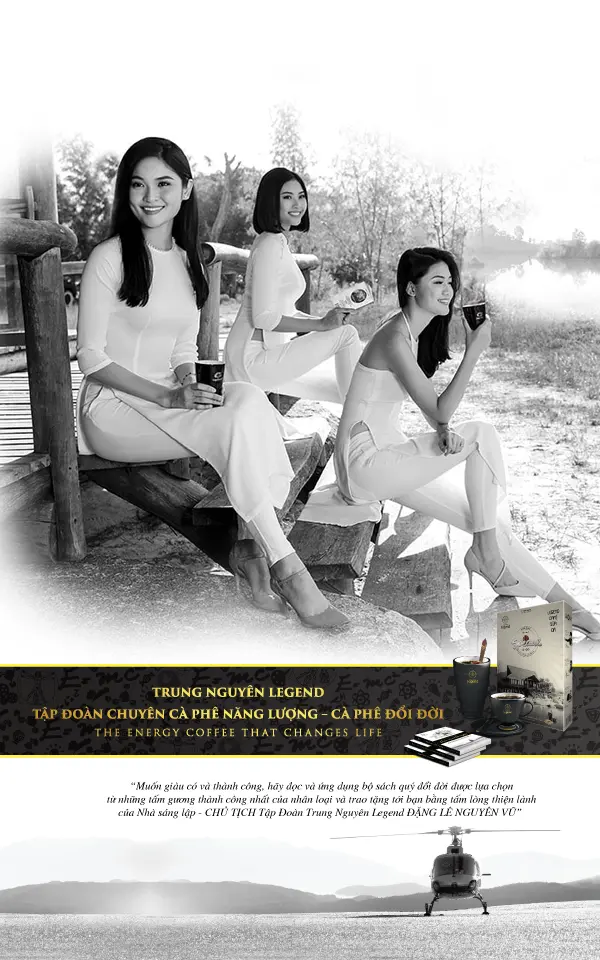Article 45: Coffee in the creative awakening process of the legendary artist Picasso
Pablo Picasso is one of the greatest painters of the 20th century. He is famous for his boundless creativity, the founder of Cubism, starting a resounding creative revolution in the world of painting and sculpture
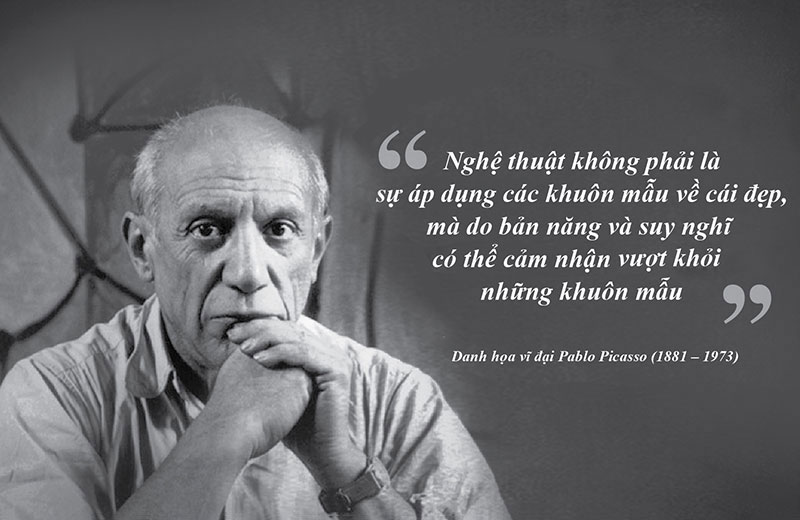
“Art is not the application of a canon of beauty but what the instinct and the brain can conceive beyond any canon.” The great painter Pablo Picasso (1881-1973)
Crossing the safe line, step by step be different
Pablo Picasso was born in a family whose father was an art teacher. From the age of 7, Picasso was trained in graphic design by his father. At the age of 14, Picasso entered the Barcelona Academy of Fine Arts with excellent results. After only a year of study, he had his first solo exhibition at Café Els Cuatre Gats. This is considered an important milestone in the great career of Picasso. Café Els Cuatre Gats was the cultural center of Barcelona in the late 19th century, a meeting place for contemporary Spanish progressive intellectuals. After the exhibition, student Picasso joined the Catalan Modernists (Modernisme) group living mainly at the Café Els Cuatre Gats. From here, Pablo Picasso became acquainted with the painters Ramón Casas, Santiago Rusiñol, Miguel Utrillo and was influenced by progressive thoughts, yearning for creative freedom away from academic art.
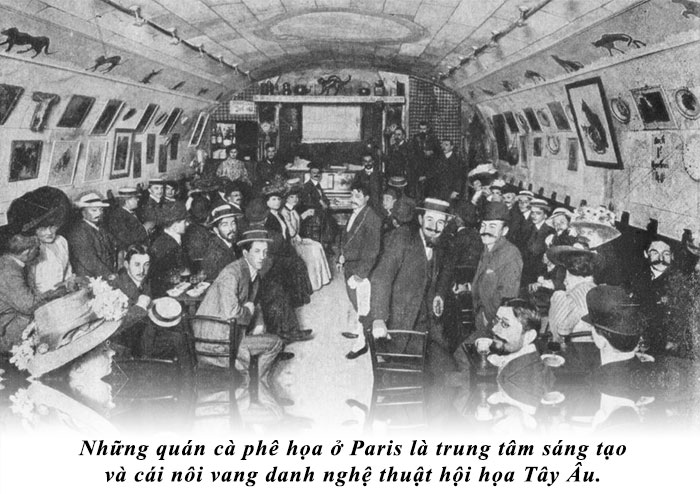
The art cafes in Paris were creative centers and famous cradles of Western European art.
19 years old, Pablo Picasso was motivated by the desire to find new values for the art of painting. Although it was not clear what the new was, and where to find it…, Picasso decided to go to Paris – at the time, was the center of European art creation. In the French capital, he lived in poverty, having to burn his works to keep warm. There was a time when Picasso’s paintings were gloomy and lonely, but he insisted that the creative path could not be compromised. Dare to step out of his comfort zone, ready to face the biggest challenges to awaken his own creative potential, and he spent most of his time in Paris.
At the beginning of the 20th century, the cafes in Montmartre, Montparnasse (now the cafes in the Carrefour Vavin area have been renamed Place Pablo-Picasso) were the famous cradle of Western European painting, the destination of famous painters of the Classical, Realist, Premonition, Impressionist schools… Picasso met up with contemporary painting masters, was passionate about learning, engaged in different schools and considered it as a soul travel, a journey to express the inner world as well as the human instinct through painting.
In each school that Picasso joined, he always broke the boundaries, looking for a different way of expression. In his early composition, he was influenced by Realism, Expressionism and Post-Impressionism. Instead of adhering to traditional principles, he presented his work in his own way. For Picasso, painting was a translation of nature into visual signs. Therefore, he did not simulate nature but painted the world as he sees and feels. Some art critics had been disappointed in his break-through, yet his work achieves such a distinction that even those who are not connoisseurs of art can immediately recognize which paintings are Pablo Picasso’s.
Awakening the creative person
While living in Paris, Picasso often went to Le Dôme, La Closerie des Lilas, La Rotonde, Le Select, La Coupole, etc. He met and became friends with talented people in many fields of culture and art such as Guillaume Apollinaire, Gertrude Stein, Max Jacob, André Salmon… These were people with liberal and innovative ideas and this greatly influenced Picasso’s artistic thinking. Picasso’s creativity during this period did not stop at a different expression, but promoted the meta-philosophy of the painting.
His work breaks free from the constraints of texture, color and space, going beyond the conventional appearance of matter, offering different perspectives on the same subject. Meeting in harmony, Picasso and the painter Georges Braque founded Cubism, revolutionizing European painting and sculpture, and laying the foundation for important art movements of the 20th century such as Futurism, Orphism, Abstractism…
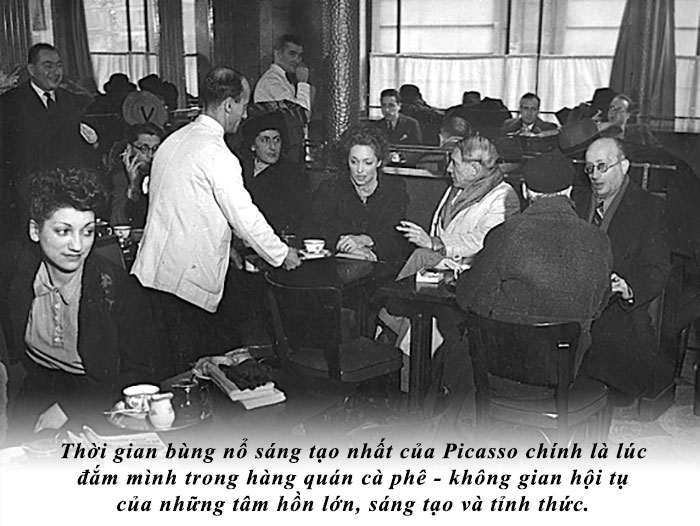
Picasso’s most creative explosion time was when he was immersed in the cafe – the convergence of big, creative and awake souls.
Picasso lived in the midst of the worst period of modern history, internally, the Spanish Civil War, internationally, expansionist imperialism intensified colonial oppression, exploitation, and the fierce devastation of World War I and World War II. In the language of art, Picasso fought for peace, freedom and justice. In 1937, the Nazis bombed Guernica (northern Spain), Pablo Picasso was sitting in the Café de Flore (Paris) and received news of the atrocities of the war. Too painful and indignant, Picasso painted Guernica as a strong statement against war. Guernica has become the greatest art masterpiece of the 20th century. In addition, timeless works such as Joy of Life (1946), Dove (1949), Massacre in Korea (1951), War and Peace (1952) … had a classic stature, and Picasso was honored as a messenger of peace.
Pablo Picasso dedicated his life to creating art and dedicated himself to the ideal of building a beautiful world. It is estimated that there are about 147,800 works of art that Picasso made in 78 years, which shows that Picasso created and realized ideas every day.
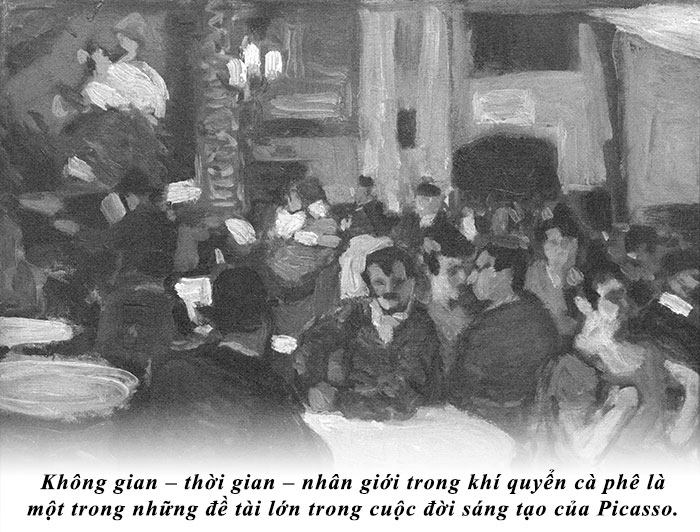
Space – time – people in the coffee atmosphere is one of the great themes in Picasso’s creative life
Creativity is inherently a process with a combination of many factors, starting from being aware of one’s own mission and creating a way to go to “the destination”. This process requires an awakening in thinking of the creative person, passionate to create, steadfast will to the end, etc. In Picasso’s creative journey, besides his natural talent and great ambition, his contact with talented people with thinking going beyond the times, with awakening creative energy is the key ingredient for Picasso’s ultimate success and is likened to a ray of the sun that never goes out. In this journey, Picasso’s most creative explosion time was when he was immersed in a cafe – the convergence of big souls, enjoying the creative and awakening functionality of coffee, pushing himself to realize the true meaning of creativity and from there to go on the right path to success and happiness.
THE REAL COFFEE
ROASTED ONLY FOR PEOPLE OF WISDOM!
Source: “The Philosophical Way of Coffee” – copyright by Trung Nguyen Legend

